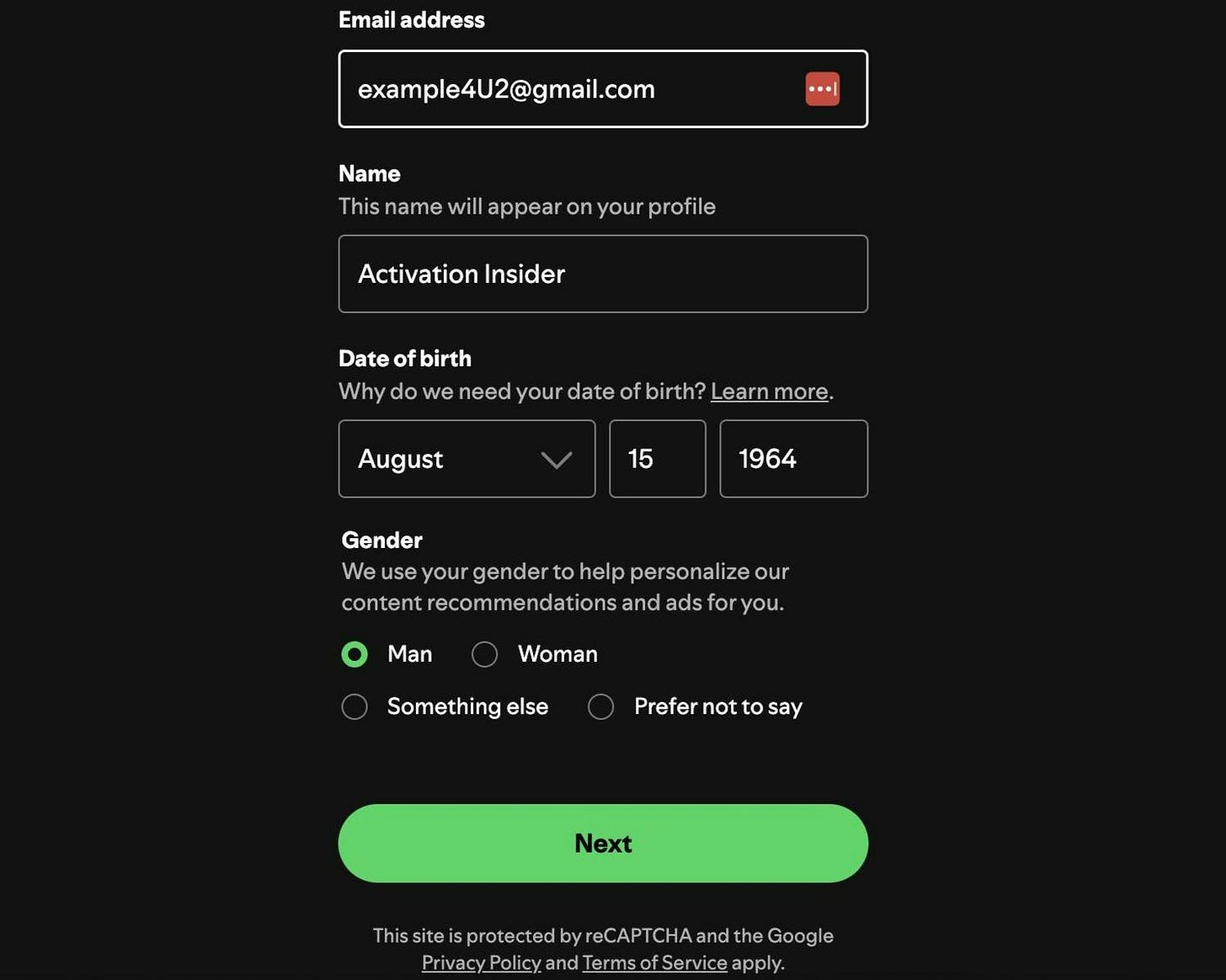The 7 dead-simple steps to a badass Day 0 onboarding experience
...get this wrong, they're gone
First impressions can make or break you.
Your new users are excited about the potential of your software, but they're also anxious.
Will your product deliver? Will it be easy to use?
Have they made a mistake choosing you?
Your Day 0 experience is your chance—your golden opportunity—to engage.
Get it right, and hook them immediately.
Get it wrong, and they’re gone.
This week, we’re breaking down the 7 dead-simple steps to creating an onboarding sequence that delivers wins from the get-go.
From mastering self-segmentation to behavior-triggered emails, these are the foundations of a solid first engagement that keeps users engaged and primed for action from Day 0.
Here’s where to start.
1. Master the Art of Self-Segmentation
Start by letting your new users tell you precisely who they are and what they need. Knowing your user's preferences and needs is the foundation of a personalized, high-converting onboarding experience.
Real-world magic: Look at how Spotify uses my demographic data to make broad assumptions about my favorite genres and artists right off the bat.
They do this to fast-track my adoption. Now, instead of searching aimlessly for all my favorite artists, Spotify makes it easy for me to create a custom-tailored playlist from day one.
Make it happen:
Design a quick, engaging questionnaire for new sign-ups.
Ask about goals, preferences, and use cases.
Keep it short and sweet – aim for 3-5 key questions.
Use fun, interactive elements like multiple-choice or image selection.
2. Personalize Every. Single. Step.
Now that you know who your users are, tailor your Day 0 sequence to their unique needs.
Learn from the pros: Grammarly crushes it by referencing specific writing goals and adapting to each user’s style.
Then, they gamify my experience by sending me congratulatory emails when I hit specific goals.
That’s how you make users feel special!
Your Day 0 onboarding personalization playbook:
Use the self-segmentation data to create distinct user personas.
Design unique onboarding paths for each persona.
Inject dynamic content into your emails that speak directly to their wants, needs, and inner desires.
Address users by name and pepper in examples that resonate with their world.
3. Design Micro Journeys for Each Segment
Learning a new software shouldn't feel like a moonshot.
Break down the onboarding process into small, custom-tailored journeys for each user segment.
Remember, users don't need to know everything. They simply need to know what to do next.
Who does it right: Trello offers different onboarding experiences for personal use, team collaboration, and project management. Each journey focuses on the features most relevant to that user type.
Here’s how you’ll do it:
Identify the key features and benefits for each user segment.
Create a series of small, focused steps for each journey.
Ensure each micro journey leads to a relevant “aha!” moment.
Design clear transitions between steps to maintain momentum.
4. Break It Down Further: Day 0 Onboarding Micro-conversion Magic
Within each micro journey, create a series of tiny wins. These micro-conversions build confidence and keep users moving forward.
Micro-conversion mastery: Duolingo turns language learning into a game of micro-wins. Each tiny lesson completed is a victory lap!
Your micro-conversion strategy:
Identify the smallest meaningful actions within each micro journey.
Celebrate each micro-conversion with immediate feedback.
Use progress bars or checklists to visualize advancement.
Gradually increase the complexity of tasks as users gain confidence.
5. Get Trigger-Happy with Day 0 Onboarding Behavior-Based Emails
React to your users’ moves (or lack thereof) in real-time. Use their behavior to guide them toward success.
Learn from the masters: Slack sends perfectly timed nudges to users who haven’t joined a channel or sent their first message. It’s like they’re psychic!
Set up your behavior triggers:
Identify key actions and inactions that signal progress or struggle.
Create email sequences that fire off based on these behaviors.
Design re-engagement campaigns for users who drop off.
Continuously refine these triggers based on user behavior patterns.
6. Include Strong CTAs Throughout Your Day 0 Onboarding
Each email in your Day 0 onboarding should guide users toward a specific next step. A strong call-to-action (CTA) reduces decision fatigue and keeps users moving forward.
Real-World Example:
Monday.com’s onboarding focuses on one CTA per email. CTAs like “Take me to desktop” or “Choose a plan "help users take the next step.
How to Implement:
Keep your CTA focused on one clear action.
Use contrasting colors and simple, action-oriented language like “Start Your First Project.”
Test different placements and wording to optimize click-through rates.
Remember, the goal is to guide your users step by step. They don’t need to know everything right away, only how to take the next step.
7. Measure, Tweak, Repeat:
Keep your Day 0 sequence fresh and effective by constantly improving based on cold, hard data.
Follow the leader: Airbnb never stops optimizing its onboarding. They test and refine everything from email subject lines to the booking process flow.
Your Day 0 onboarding optimization gameplan:
Track metrics at each stage: self-segmentation completion, email engagement, micro-conversion rates, and ultimate activation.
Regularly analyze these numbers to spot improvement opportunities.
Run A/B tests on every element of your onboarding sequence.
Implement winning changes and keep the optimization train rolling.
Time to Unleash Your Onboarding Superpowers!
Armed with these seven expert strategies in their optimal order, you’re ready to create a Badass Day 0 onboarding sequence.
TL;DR
Here’s how to deliver a flawless Day 0 onboarding experience:
✅ Deliver quick wins
✉️ Personalize every email
🔄 Use triggers + micro-conversions
📊 Measure, test, optimize
Start building an onboarding sequence that drives action from Day 0.
Helpful, right?
Listen, before you go...
If you liked this issue, forward it to a friend. If you’re that friend, subscribe here.
See ya next time!
-Paul








